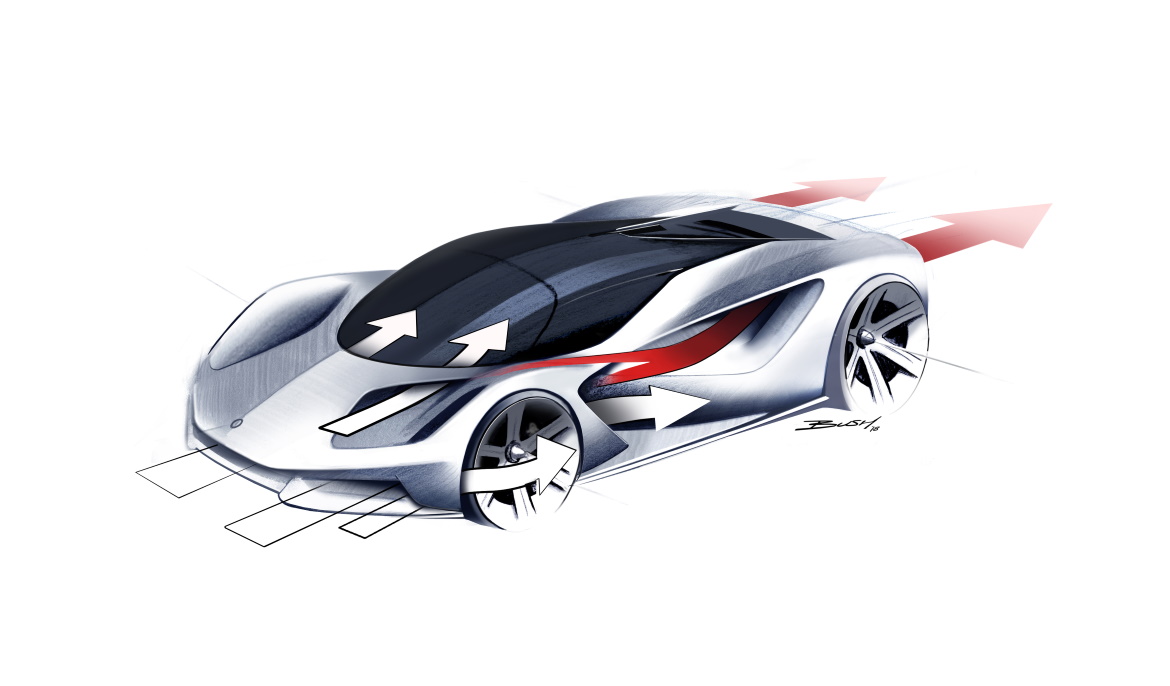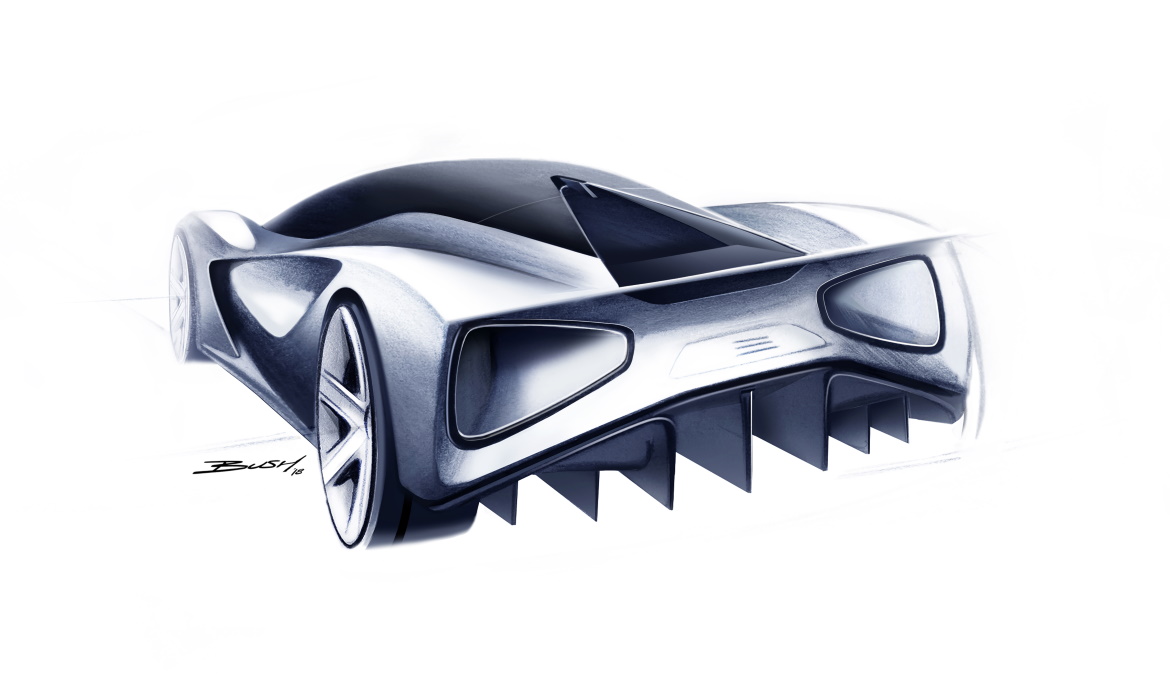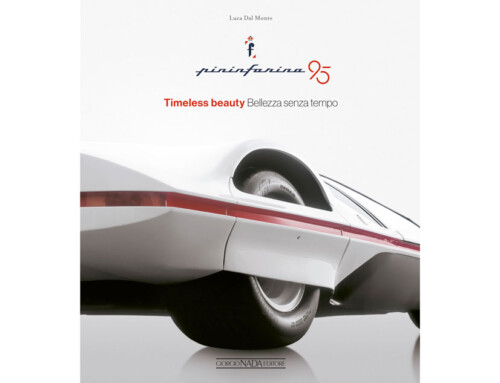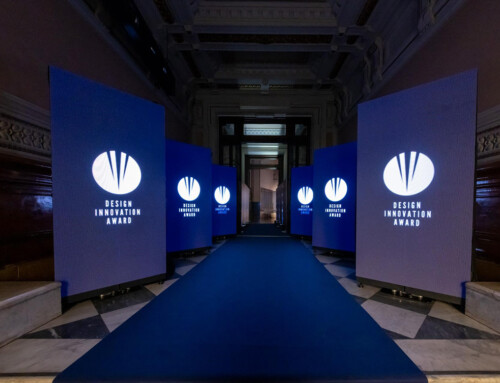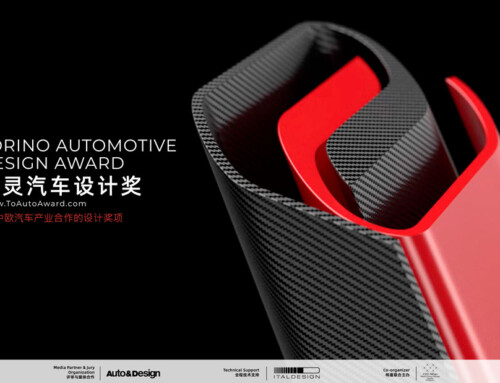The configurator of the Lotus Evija, the 2,000 horsepower two-seater hypercar, is online: it’s the most powerful zero-emission production road car ever built. The car has a design decidedly out of the ordinary, as assured by the designers of the English manufacturer of the Geely group, with aerodynamics. The Evija is characterized by the Venturi tunnel that crosses the rear, giving it an original aesthetic. “We’ve studied how Le Mans racing cars use the airflow that passes through the top, but also through it. This concept is the key design key to the Evija and has allowed us to create a timeless design with exceptional aerodynamic qualities,” says Russell Carr, Lotus design manager.
The Evija marks the beginning of a new design language for Lotus that will evolve on future models in the coming years. Some of the design details of the hypercar are reminiscent of Lotus models from the past, but the most obvious connection concerns the main guiding principle: lightness. The Evija is the first road-going Lotus with a carbon fibre monocoque chassis. The cabin, fully adjustable racing seats and multi-function steering wheel are the pinnacle of the brand’s motorsport inspired design and technology.
The car’s engine is positioned centrally and is fully electric. It was developed by Williams Advanced Engineering, Lotus’ technical partner, famous in both Formula 1 and Formula E motorsport. The battery is mounted in the centre of the car body, immediately behind the two seats and supplies power directly to four electric motors. The Evija can go from 0 to 100 kilometres per hour in less than three seconds and can reach a top speed of 320 kilometres per hour.

